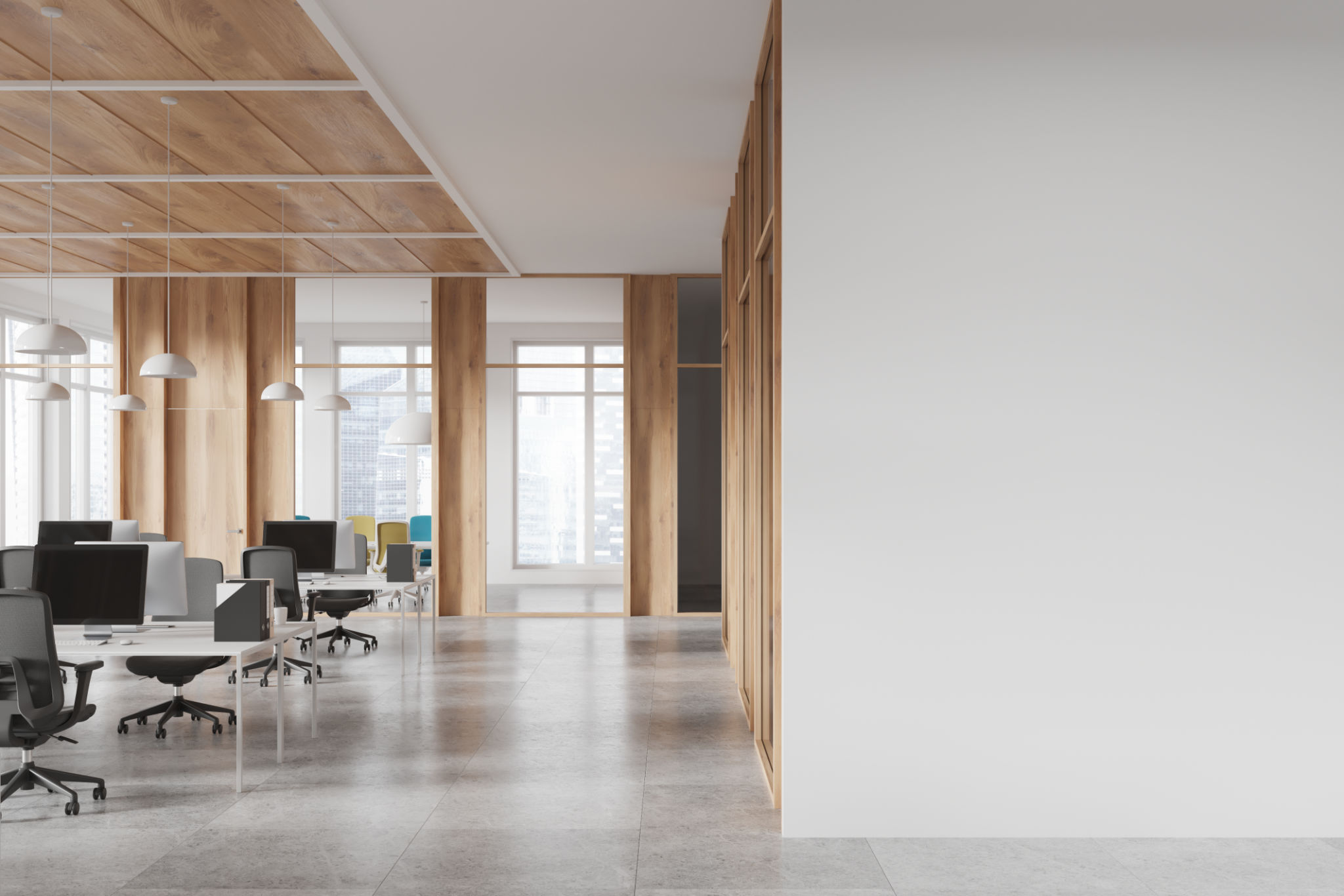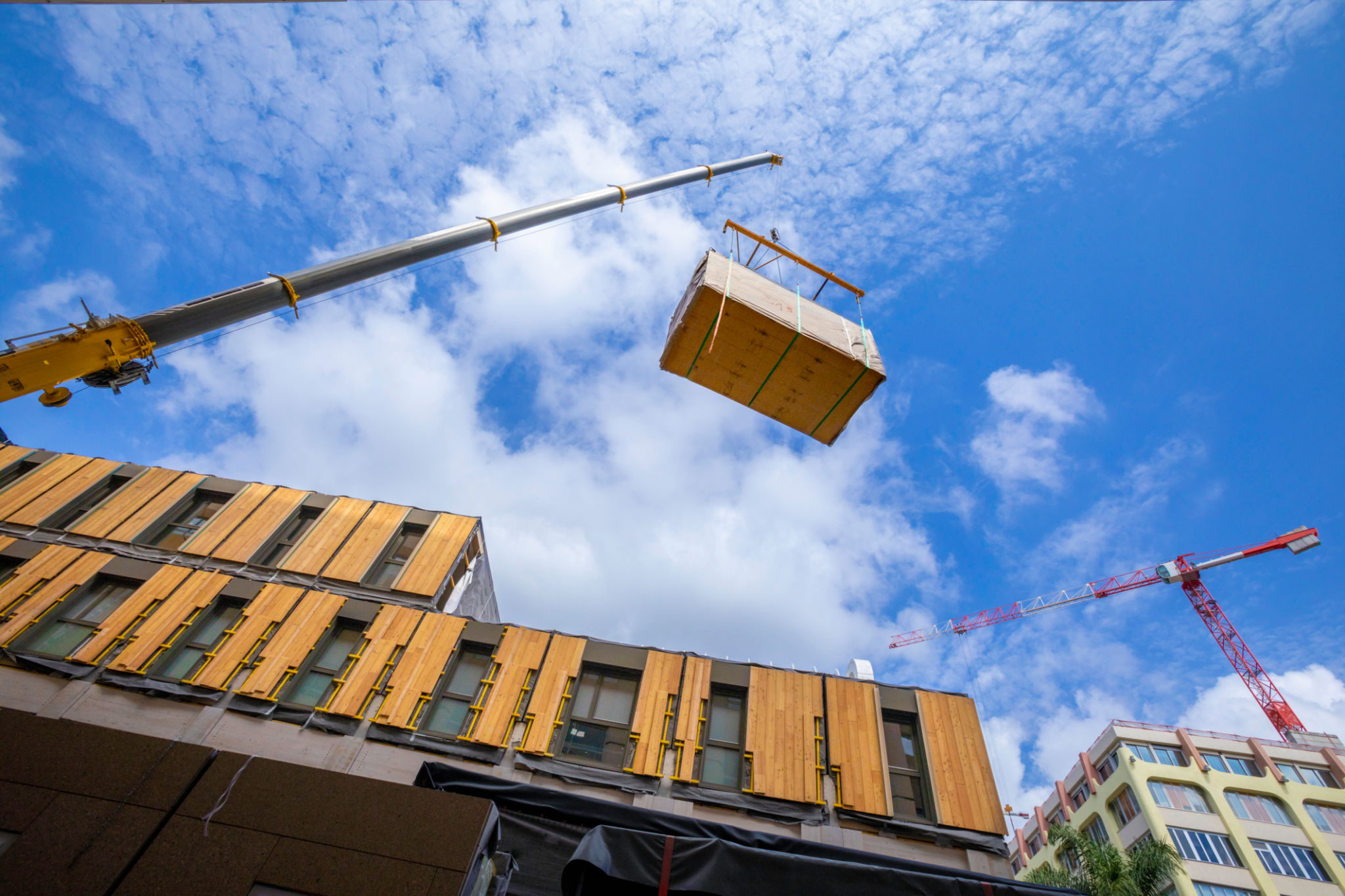The Future of Work: How Commercial Real Estate is Adapting
Embracing Change: The Evolution of Workspaces
The landscape of work is undergoing a remarkable transformation, driven by technological advancements and shifting societal expectations. As businesses adapt to these changes, the commercial real estate sector is evolving to meet new demands. Companies and employees alike are reimagining how and where work is conducted, leading to innovative solutions in workspace design.

Flexible Workspaces: The New Norm
To accommodate the rise of remote work and hybrid models, commercial real estate developers are focusing on creating flexible workspaces. These environments are designed to provide a blend of private and collaborative areas, fostering productivity and innovation. Flexibility is key, allowing businesses to scale their office needs up or down as required.
The shift towards flexibility is also evident in the rise of co-working spaces. These facilities offer businesses the opportunity to rent office space on a short-term basis, providing a cost-effective and adaptable solution. Co-working spaces have become hubs of creativity and networking, attracting startups and established companies alike.
Technology Integration: Enhancing Efficiency
Technology plays a critical role in the future of work, with smart buildings becoming increasingly prevalent. These structures are equipped with advanced systems that improve energy efficiency, security, and occupant comfort. From automated lighting and climate control to integrated communication networks, technology is reshaping how commercial spaces operate.

The use of data analytics is also influencing commercial real estate decisions. By analyzing usage patterns and employee preferences, companies can optimize their office layouts to enhance productivity and reduce costs. This data-driven approach ensures that spaces are tailored to the specific needs of their occupants.
Sustainability: A Growing Priority
As environmental awareness grows, sustainability has become a crucial consideration in commercial real estate. Developers are increasingly incorporating sustainable materials and practices into their projects, aiming for certifications such as LEED (Leadership in Energy and Environmental Design). Green buildings not only reduce environmental impact but also offer long-term cost savings through improved energy efficiency.
In addition to traditional sustainability measures, there is a growing emphasis on promoting employee well-being. Features such as natural lighting, green spaces, and wellness amenities are becoming standard in modern office designs, creating healthier and more engaging work environments.

The Role of Location: A Strategic Factor
Despite the rise of remote work, location remains a vital factor in commercial real estate decisions. Companies are strategically choosing locations that offer easy access to transportation hubs, attract top talent, and align with their brand identity. Urban centers continue to be popular due to their vibrant ecosystems and proximity to essential services.
However, suburban areas are also gaining traction as businesses look for cost-effective alternatives with lower congestion levels. This shift is leading to the development of mixed-use complexes that combine residential, commercial, and recreational spaces, offering a holistic community experience.
Conclusion: Adapting to Thrive in a Changing World
The future of work is dynamic, and commercial real estate is at the forefront of this evolution. By embracing flexibility, integrating technology, prioritizing sustainability, and making strategic location choices, businesses can create environments that support innovation and growth. As we navigate these changes, the ability to adapt will be crucial for thriving in the ever-evolving world of work.
